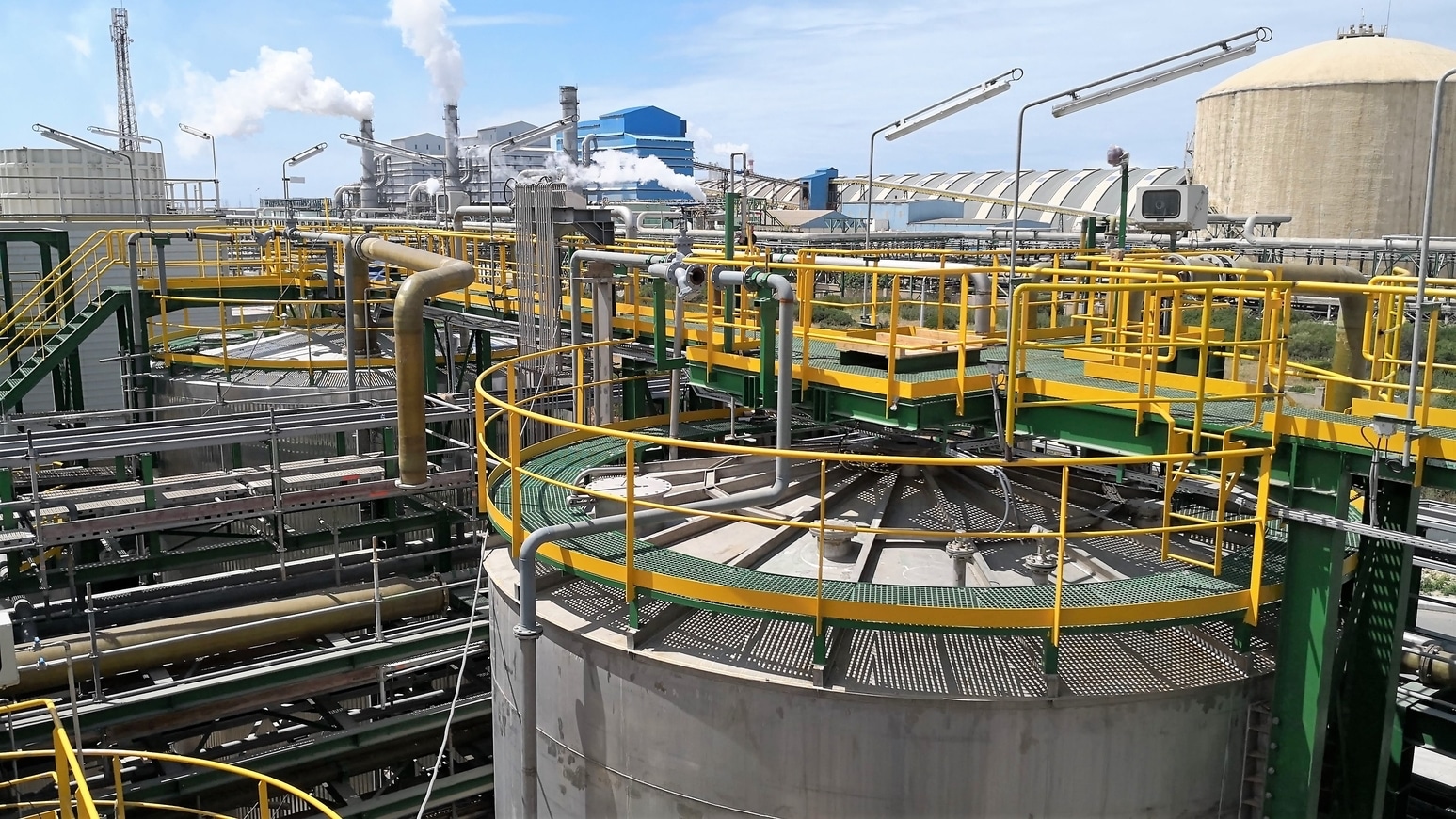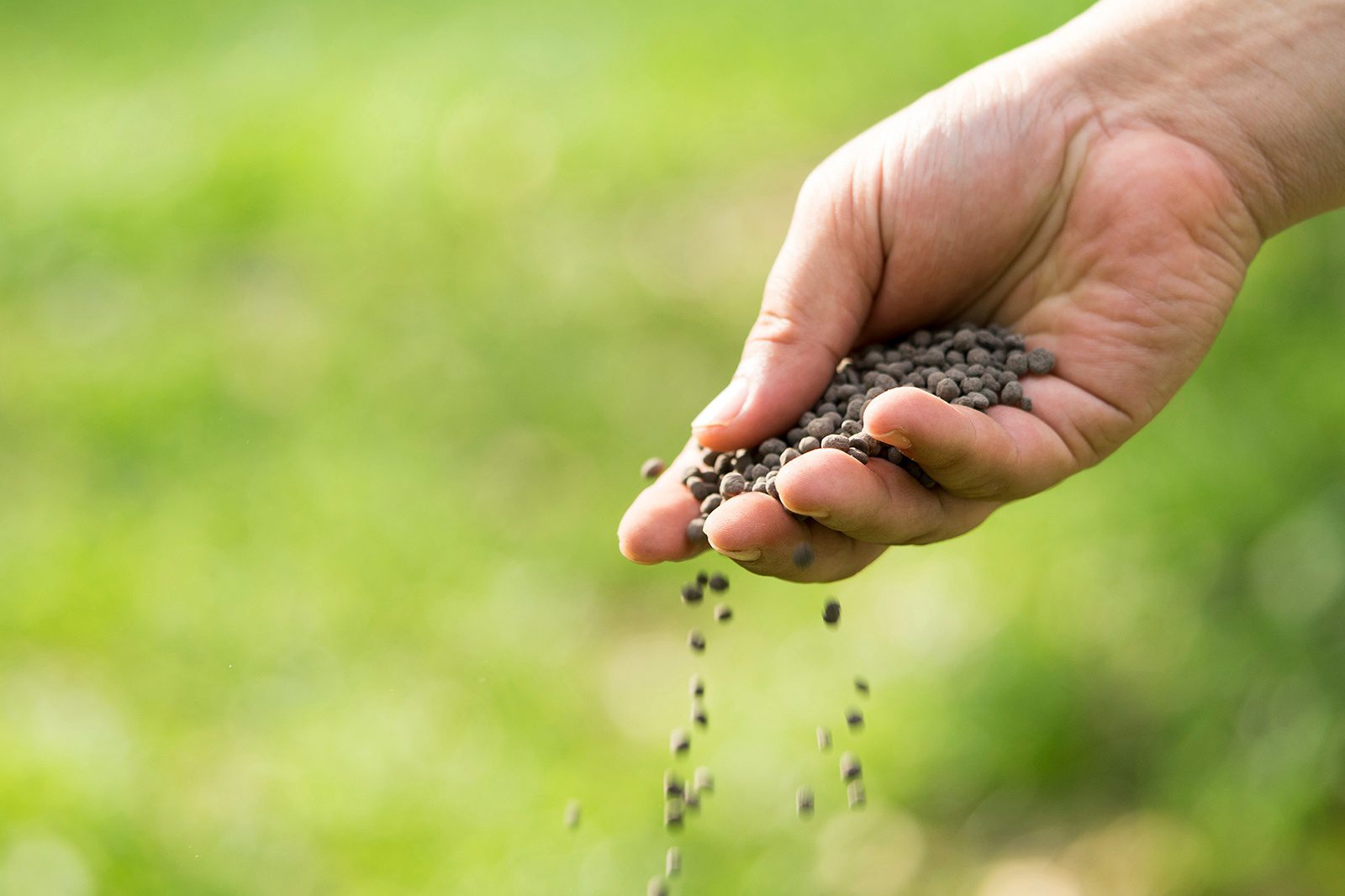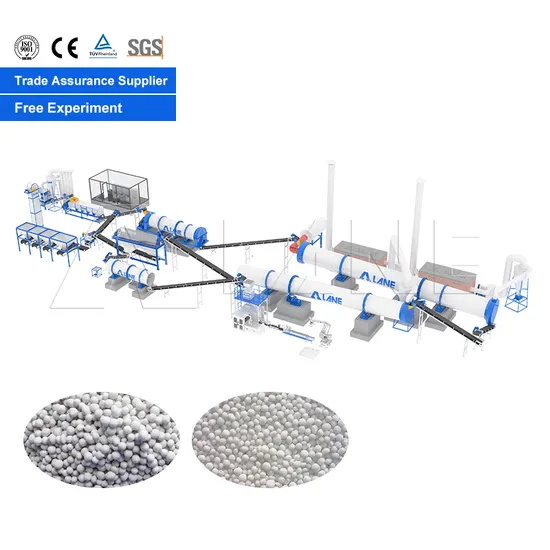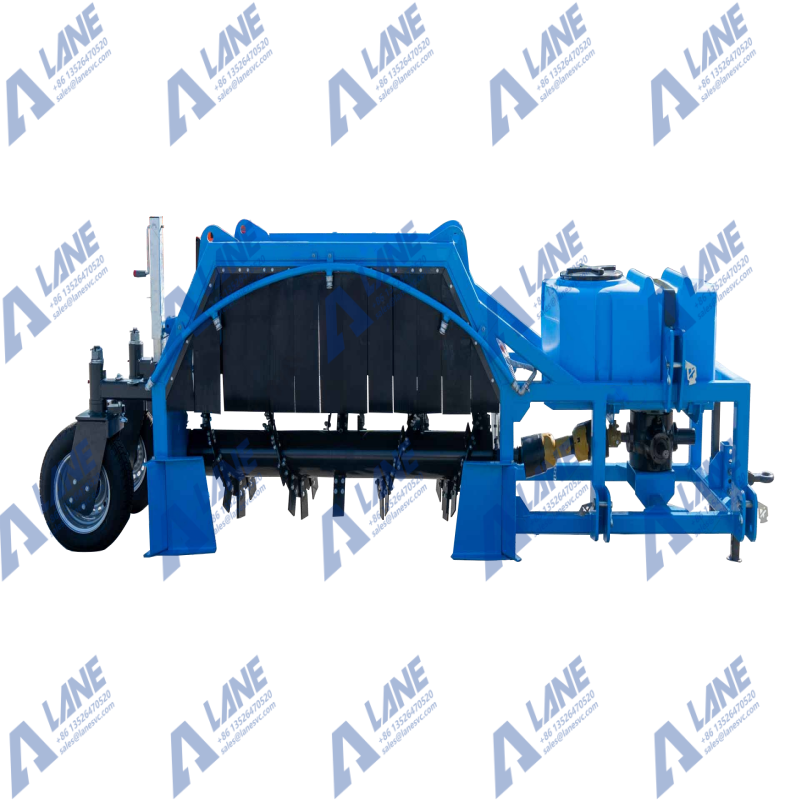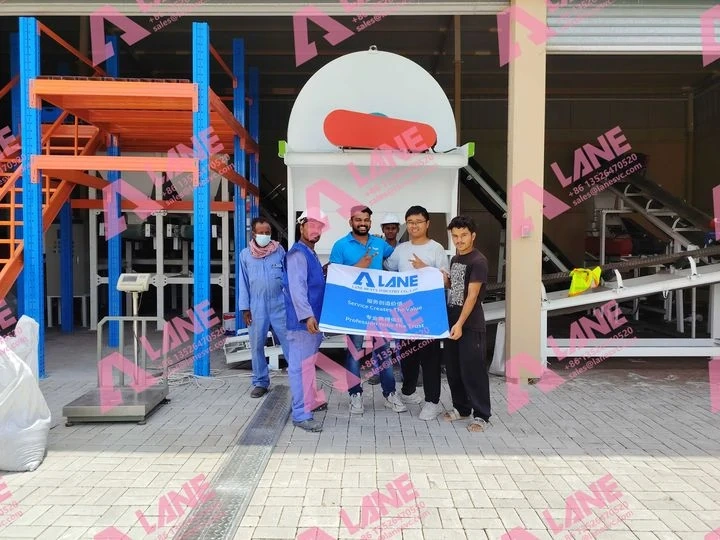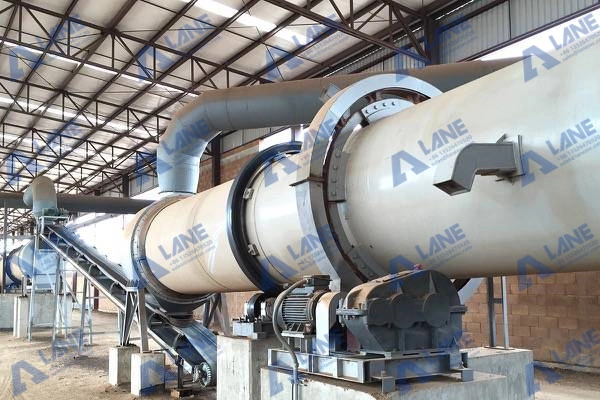The Role of Compost Turners in SSP Fertilizer Production Lines
- 2025-08-15
In modern fertilizer manufacturing, Compost Turners in SSP Fertilizer Production Lines play an increasingly important role, especially when organic materials are integrated into the formula. While Single Superphosphate (SSP) fertilizer is primarily produced through chemical reactions between phosphate rock and sulfuric acid, many advanced plants now produce compound fertilizers or organic–inorganic blended fertilizers. These formulations often include organic matter such as livestock manure, crop straw, or garden waste to improve soil structure and enhance nutrient availability. Before these organic materials can be mixed with SSP powder, they must undergo aerobic fermentation, and compost turners are the core equipment in this process.
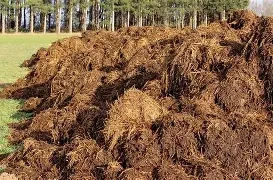
1. Application Background
The addition of organic components to SSP fertilizers enhances soil health, increases water retention, and improves nutrient release rates. However, raw organic materials contain pathogens, weed seeds, and unstable compounds that must be decomposed before use. Compost Turners in SSP Fertilizer Production Lines ensure that organic matter ferments evenly and completely, transforming raw waste into stable, nutrient-rich compost suitable for blending with SSP powder.
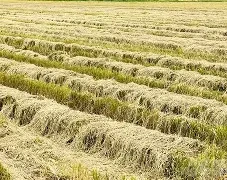
2. Main Functions of Compost Turners in SSP Fertilizer Production Lines
Promoting Uniform Fermentation
A compost turner mixes the top, middle, and bottom layers of the compost pile, ensuring consistent temperature, moisture, and oxygen levels throughout the heap. This prevents localized overheating or anaerobic decay, which could compromise product quality.
Accelerating the Fermentation Cycle
By regularly turning the material, Compost Turners in SSP Fertilizer Production Lines can complete high-temperature aerobic fermentation in 7–15 days, depending on raw materials and environmental conditions—two to three times faster than natural decomposition.
Odor Control and Environmental Compliance
During turning, oxygen is introduced, encouraging aerobic decomposition and significantly reducing odors such as ammonia and hydrogen sulfide. This helps the production line meet environmental protection standards.
Improving Material Characteristics
Well-fermented organic matter is loose, evenly moistened, and blends smoothly with SSP powder without clumping. This ensures better granulation and drying performance in later stages of production.
3. Process Position in SSP Fertilizer Production Lines
In a typical SSP fertilizer plant that includes organic ingredients, the process flow may look like this:
Raw material reception → Initial organic material crushing → Compost turner fermentation (7–15 days) → Crushing and screening → SSP powder mixing → Granulation → Drying → Cooling → Screening → Packaging
Compost Turners in SSP Fertilizer Production Lines are positioned at the early stage of organic material processing. The quality of compost at this step directly affects the uniformity and stability of the final fertilizer blend.
4. Common Types of Compost Turners in SSP Fertilizer Production Lines
| Compost Turner Type | Features | Application in SSP Production | Advantages |
|---|---|---|---|
| Crawler Type Compost Turner | Equipped with tracks for better stability and maneuverability; suitable for large-scale composting | Used to turn, mix, and aerate phosphate rock, sulfur, and additives during the fermentation stage | Strong climbing ability, works well on uneven ground, high efficiency |
| Self move Type Compost Turner | Large turning span, suitable for wide compost piles; runs on a fixed track | Used in large-scale SSP plants for continuous turning in long windrows | Handles large volumes, energy-efficient, ideal for industrial-scale composting |
| Self-Propelled Compost Turner | Flexible operation, can be manually driven; suitable for small and medium-scale plants | Turns and aerates raw material piles in open yards or fermentation workshops | Easy to operate, cost-effective, suitable for different site conditions |
| Groove Type Compost Turner | Works inside a fermentation trench; uses a traveling bridge to turn materials | Commonly applied in enclosed SSP fermentation workshops | Space-saving, good odor control, high automation level |
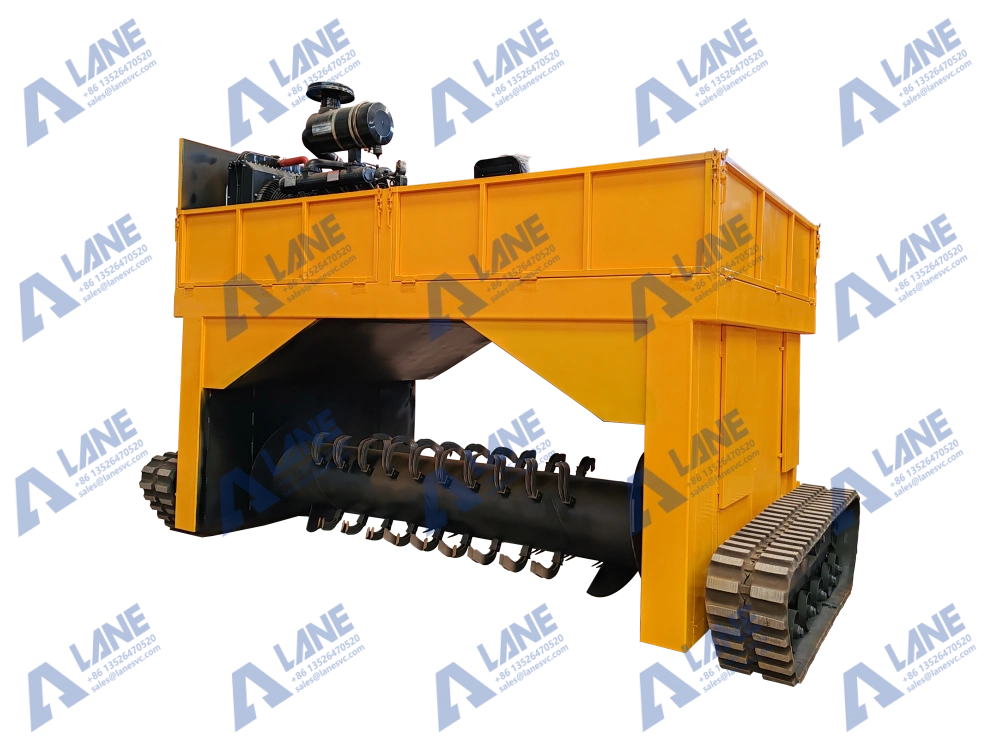
5. Advantages of Using Compost Turners in SSP Fertilizer Production Lines
-
Increased Production Efficiency – Shortens composting time and reduces space requirements.
-
Improved Product Quality – Ensures the organic portion is fully matured and evenly mixed.
-
Labor Cost Savings – Mechanical turning is faster and less labor-intensive than manual work.
-
Environmental Compliance – Minimizes odor emissions and prevents leachate pollution.
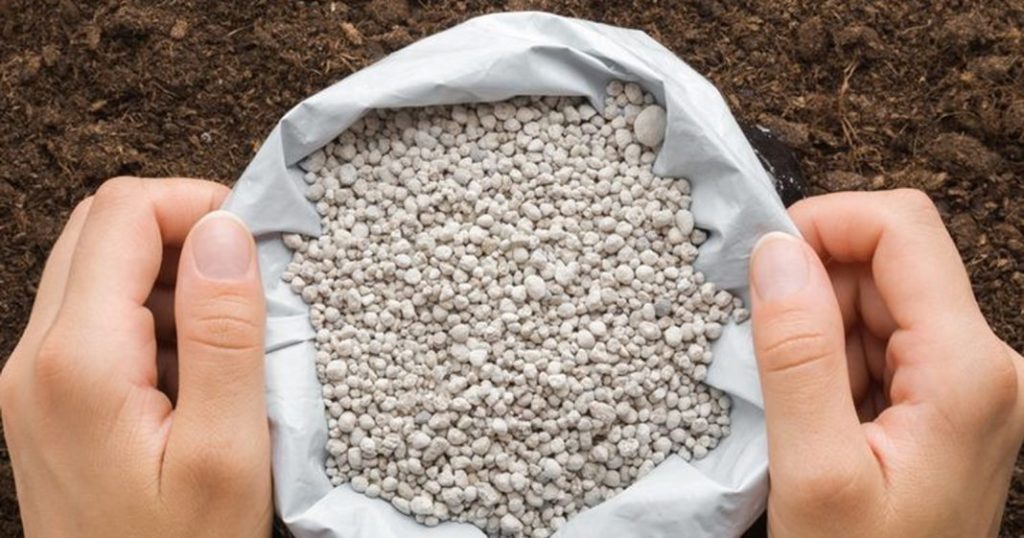
Conclusion
Compost Turners in SSP Fertilizer Production Lines are more than just auxiliary equipment—they are essential to achieving high-quality, stable, and efficient fertilizer production when organic matter is part of the formula. By ensuring uniform fermentation, reducing processing time, and improving blending quality, compost turners contribute to both operational efficiency and environmental sustainability. As fertilizer markets increasingly demand eco-friendly and soil-improving products, the role of compost turners in SSP production will only become more critical.
